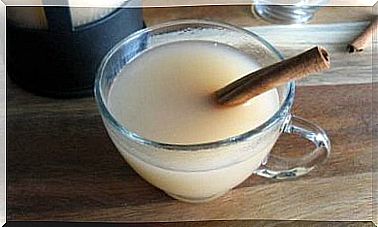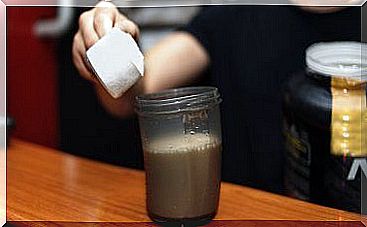Interesting Facts About The Drug Halothane
Halothane is an inhalation anesthetic that is rarely used in industrialized countries.

Halothane is a medicinal substance that is used in many ways to induce general anesthesia. It is an anesthetic that is inhaled and causes rapid but gentle loss of consciousness. The aroma is pleasant, and the colorless drug does not irritate the mucous membranes.
This medicine is used to induce and maintain anesthesia. The anesthetic gas can be used in a wide variety of surgical procedures and in patients of all ages. However, the exact mechanism of action of this inhalation anesthetic is still not known.
Between 1950 and 1980, this drug was widely used in both adults and children. Scientist CW Suckling synthesized it in 1951 and first used it as an anesthetic in 1956. Halothane then replaced other anesthetics, such as ether or cyclopropane, which were often used at the time.
However, halothane use gradually declined in the 1980s as new, volatile narcotics such as enflurane and isoflurane appeared. Even if halothane is rarely used in industrialized countries, it is still used in veterinary medicine and in developing countries because it is inexpensive.
Halothane: dose and administration

There are various vaporizers for inhaling halothane. For example, an open, semi-closed or closed system can be used. These types of vaporizers are used without differentiation and show good results.
The dose may vary depending on the population group. For adults and the elderly , a concentration of 2 to 4% halothane in oxygen / nitrous oxide is used to induce anesthesia. When it comes to maintaining anesthesia, 0.5 to 2% halothane is used.
In children , the concentration used is between 1.5 and 2% to induce anesthesia. Use 0.5 to 2% to maintain anesthesia.
Halothane: contraindications
This anesthetic gas is not suitable for patients who are or have suffered from malignant hyperthermia. Even patients who are susceptible to it cannot be anesthetized with it. If the patient has a clinical picture of unexplained jaundice and pyrexia (fever) after inhalation, they cannot be treated with halothane in the future either.
Halothane is also not suitable for pregnant and breastfeeding women . This is because not enough studies have been carried out to guarantee the safety of this drug for the baby. Therefore, this anesthetic gas should be avoided if possible during pregnancy. The drug should also not be used in breastfeeding women, as there are too few studies. Halothane has been found to pass into breast milk, but the effects on the baby are unknown.
Halothane impairs cognitive abilities after general anesthesia, so you should not drive or use machines. Although various contraindications are known, this narcotic has been used for more than 30 years with no apparent consequences.
Side effects from halothane

Like virtually all drugs, halothane has various side effects. We understand it to mean all undesirable and unintended effects of this drug on the organism. As a hypermetabolic response, this anesthetic gas can trigger a pharmacogenetic reaction of the skeletal muscle and thus lead to malignant hyperthermia.
Symptoms of this syndrome include the following:
- Hypercapnia
- Muscle stiffness
- Racing heart
- Tachypnea
- Cardiac arrhythmias
These are very unspecific symptoms that need to be taken into account. As soon as a sign occurs, the doctor will stop the treatment with the anesthetic gas. You may also experience other side effects such as nausea and vomiting or liver problems.
Conclusion
Halothane is an anesthetic gas that is given by inhalation to induce or maintain general anesthesia. If you have any doubts or questions, ask your doctor for advice.









